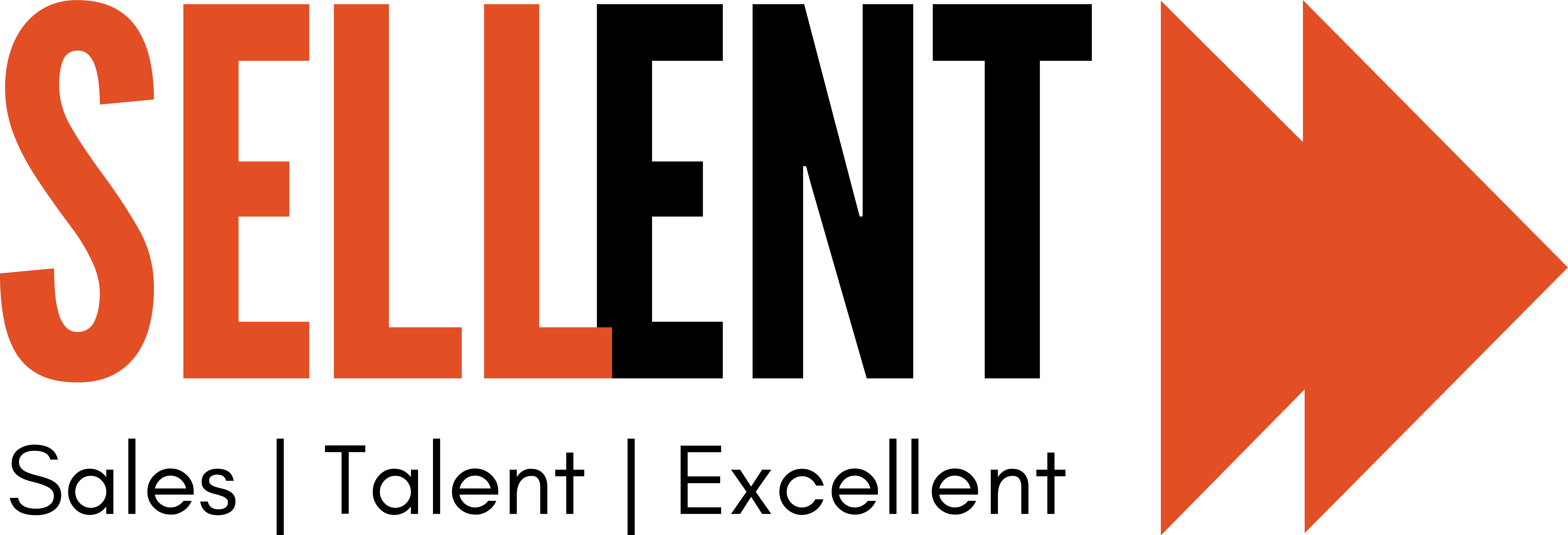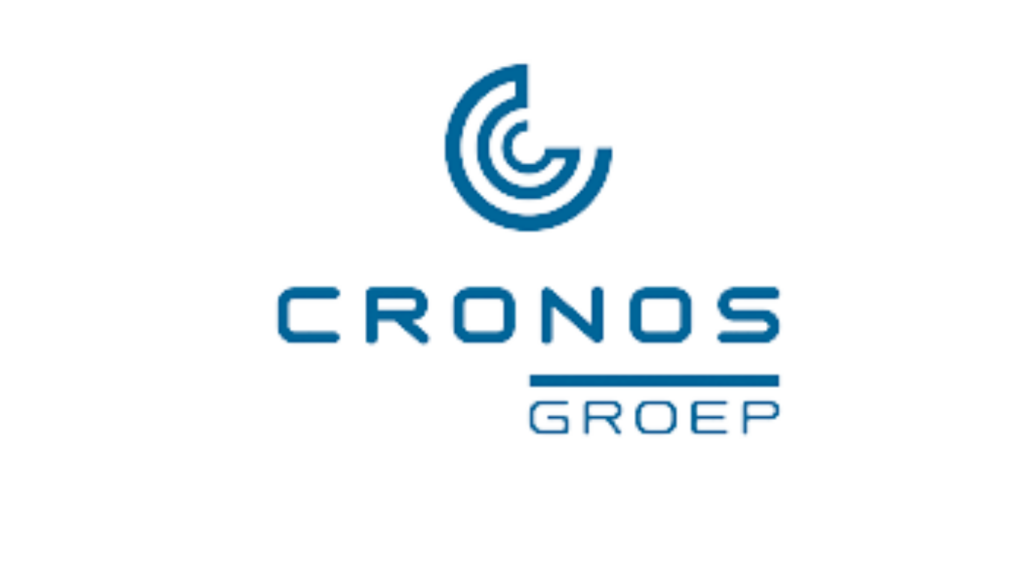Is there still a need for Face-to-Face sales?
While salespeople used to go mainly to customers' offices to present their products in person, this has changed a lot in the last 10 years. Technology has changed the way we communicate with customers and prospects. Modern salespeople have a host of sales channels at their disposal, giving them the opportunity to do the sales process completely remotely. Partly due to corona lockdowns, there has been a strong shift from outside to inside sales.
 Inside vs Outside sales
Inside vs Outside sales
Inside sales verwijst naar het proces van ‘op afstand’ verkopen via telefoon, e-mail, social media en andere digitale kanalen. Vooral in Saas en Tech industrieën is inside selling zeer populair en komen veel verkopers hun bureau amper nog uit. Bij outside sales, on the other hand, sales reps meet their customers/prospects physically at the office, trade shows or industry events.
Inside sales is also characterised by:
- focus is on acquiring leads
- short sales cycle (<90 days)
- possibility of segmenting the sales team (working with different experts, each with a delineated specific task)
- cost is lower and more scalable
Outside sales, on the other hand:
- focus is on further developing and converting leads
- Longer sales cycle (>90 days)
- fewer opportunities to distribute sales roles among the various experts
- cost is higher and less scalable
A shift to more Inside...
One estimate today is that in B2B, more than half of sales professionals focus mainly on 'inside sales', whereas 10 years ago this was a clear minority. Inside sales jobs are growing an estimated 15 times faster than outside sales jobs. Yet it is also important to note that the line between inside and outside sales is becoming increasingly blurred. It is not one or the other but a combination is forcing its way in. And what that combination should look like depends mainly on your specific business and product.
Generally speaking, inside sales works mainly for products with a lower cost, less complexity and smaller order volumes, while outside sales is more likely to be used for more complex sales cycles, more expensive products. Whereas inside sales reps do 7 times as many product introductions, outside reps score better in converting prospects, 40% versus 18% for inside sales reps. The big advantage of Face-to-Face meetings is that a stronger connection can be made with the prospect, creating a stronger and longer-term relationship. This is particularly interesting for (high-quality) products where a lot of service, maintenance and technical knowledge must be included.
Another advantage of outside sales is that more tools are available in the sales conversation, such as presentations, displays, samples, etc. In this way, prospect engagement and the chances of a 'sale' can be greatly increased. Visuals are processed by our brain 60,000 times faster than text. So it is important to attract attention with the right visuals or product samples. On the other hand, outside sales is very time-consuming and more and more companies want to curtail this investment wherever possible.
 Our 3 tips to consider when setting up an outside sales strategy
Our 3 tips to consider when setting up an outside sales strategy
- Work with delineated sales territories, and ensure efficient planning of meetings and routes. This can save a lot of (useless) travel time. There are many interesting software packages available for this purpose. Prioritise the sales areas. Assign the areas with the greatest potential to the best sales reps.
- Prepare Face-to-Face meetings extremely well. Do the necessary desktop research, analyse available data about the customer, so that a connection can be made with the prospect faster during the meeting and zoom in on the real needs.
- Commit to a good cooperation and communication between outside sales and the rest of the (internal) organisation. Because outside sales spend a lot of time with customers and in the market, they gather a lot of interesting information about the prospect that is crucial in the sales process. However, it is often a challenge to channel this information properly to the organisation. CRM systems can be of great help here.
Is inside or outside sales best for your business?
It is not one or the other but usually a combination of the two. First, make sure you properly analyse what your business is and who you are selling to. If it is about less complex, cheaper products in higher volumes, then you can focus on inside sales, whereas if it is about more expensive, complex products, with a long sales cycle, then face-to-face contacts are often desirable. It is looking for the balance between cost efficiency and making the best connection with the prospect



